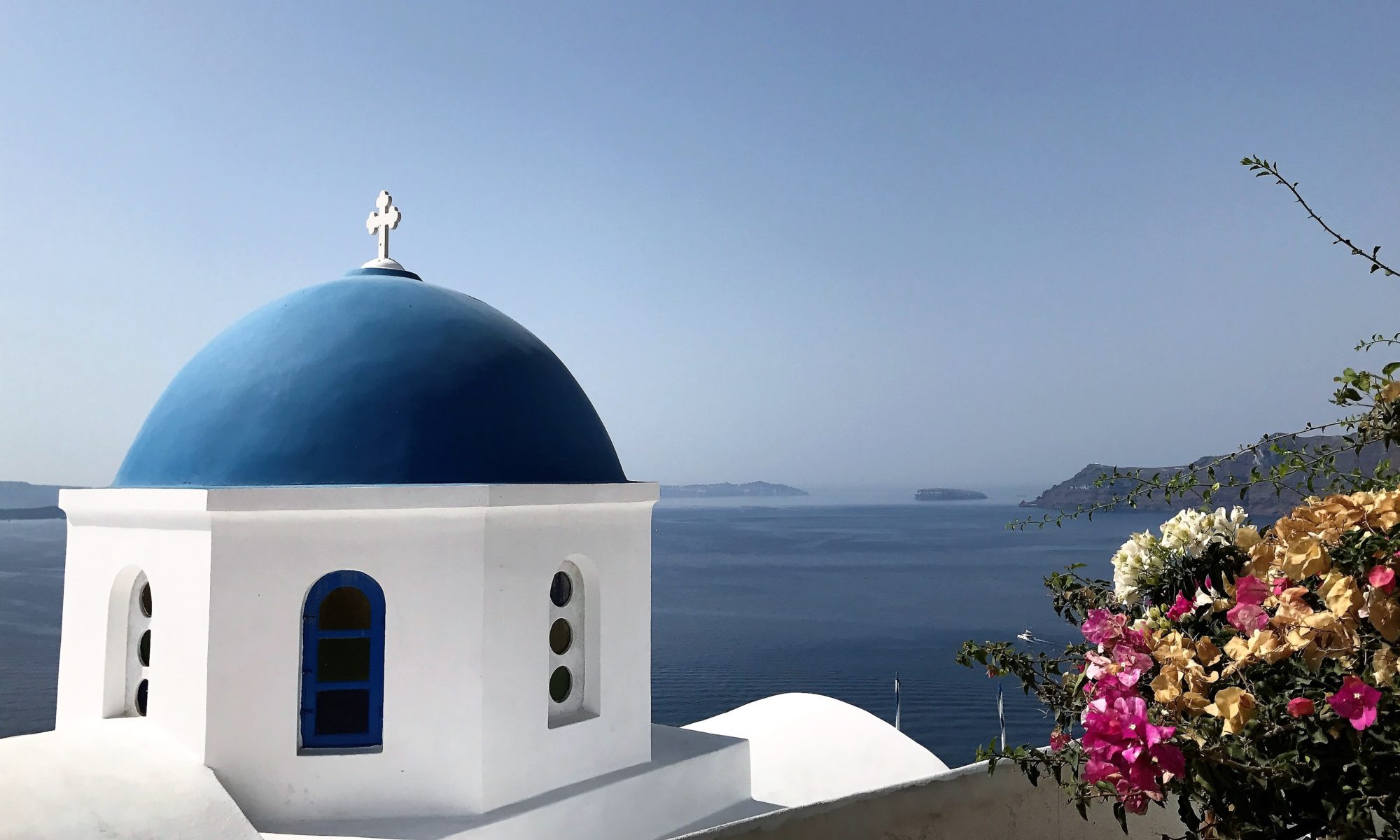
Magdalenenklause
The Magdalenenklause (the Hermitage of St Mary Magdalene) at Nymphenburg Palace in Munich is one of the most intriguing and unique architectural features within the palace grounds. Built between 1725 and 1728 under the direction of Elector Max Emanuel, this hermitage-style retreat was designed as a place of solitude and spiritual reflection.

Located in the northern section of the palace park, the Magdalenenklause stands out among the four park pavilions for its deliberately weathered and ruin-like appearance. Architect Joseph Effner created it in the form of an artificial ruin, aligning with the Baroque fascination with romantic decay and religious contemplation.
Conceived as the living quarters of a hermit, Magdalenenklause stands in a small, “overgrown” wood. Built with tiles and partly plastered, it appears as a ruin from the outside. Cracks in the masonry and crumbling plaster cleverly create the seemingly crumbling facade which serves as a reminder of the frailty of all things earthly.
The small building has a rectangular ground plan and circular turrets at the corners of the eastern front.
The retreat is dedicated to Saint Mary Magdalene and includes a chapel and small living quarters, evoking the life of a hermit. It was never intended as a royal residence, but rather as a place for introspection, retreat and religious devotion. This pavilion is a dramatic contrast to the opulence of the other Park Pavilions including nearby Amalienburg, Badenburg and Pagodenburg.
Grotto Chapel of St. Mary Magdalene

Inside the Hermitage, the Grotto Chapel of St. Mary Magdalene and a similarly grottoed Entrance Hall surprises. The richly decorated chapel and carefully designed grotto feature walls adorned with shells, crystals and religious iconography, creating an atmosphere of serene piety.

The shells and coral are carefully and cleverly worked into the decoration creating a sense of underwater opulence. The paintings and religious decoration tie the theme back to the chapel’s purpose. The strangeness can’t be ignored, the decoration includes a crucifix and two candlesticks made from a narwhal tusks on the altar of the chapel.

The Electors’ Apartments
The Electors’ Apartments consist of monastically austere rooms with oak panelling “à la Capucine” and are decorated with copper engravings.

The individual furnishings and religious themes continue to emphasize the building’s strangeness. Max Emanuel took the Byzantine table cruicifix as booty during the Turkish wars in Hungary. It now features in the refectory.
The Elector used the hermitage for religious contemplation and as another escape from reality. By using exotic and historicizing architectural forms, Effner produced a strange, romantic, anachronistic structure that incorporates both a serious aspect and elements of the courtly art of metamorphosis.

Good To Know
Visiting the Magdalenenklause offers a glimpse into the more spiritual and personal side of court life during the Baroque period. It’s a tranquil spot within the vast palace gardens, ideal for a quiet pause amid a day of sightseeing.
Also in the Nymphenburg Palace series:
Magdalenenklause is part of Nymphenburg Palace and its buildings which require an entrance ticket. The grounds are free to enter.
Would I Return?
No.


3 Replies to “Magdalenenklause”